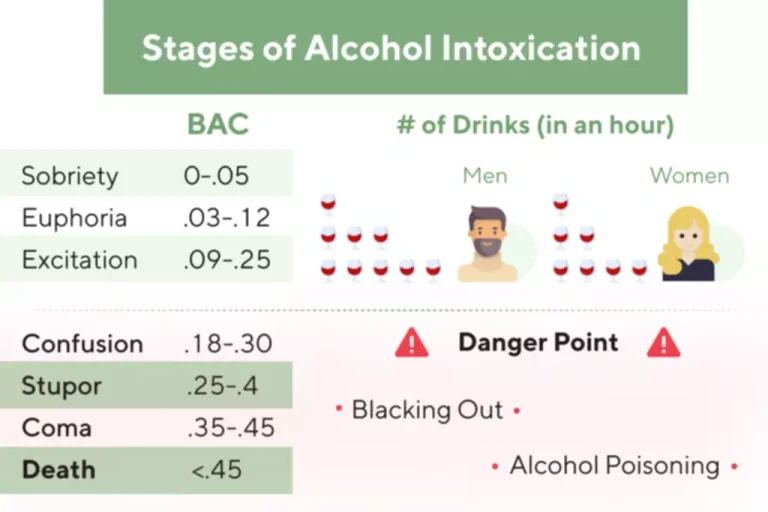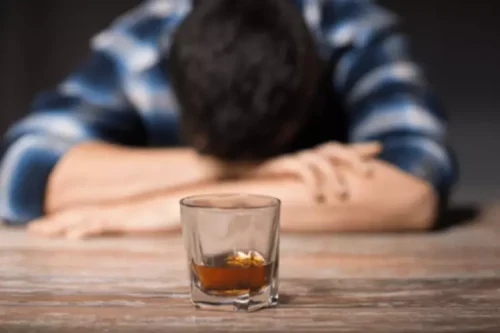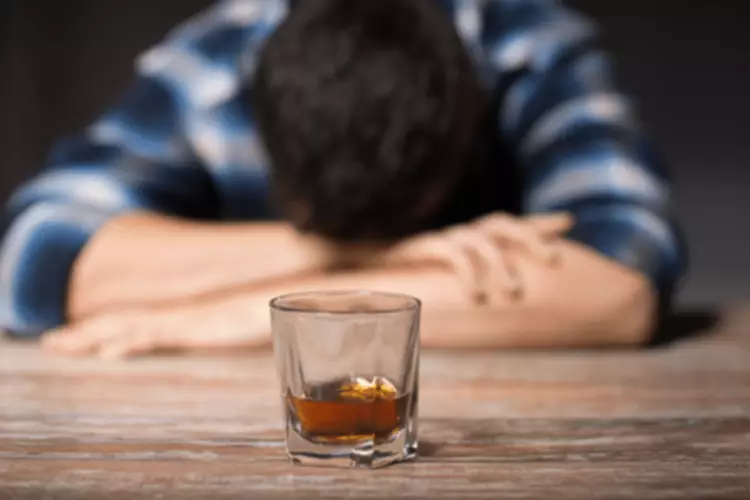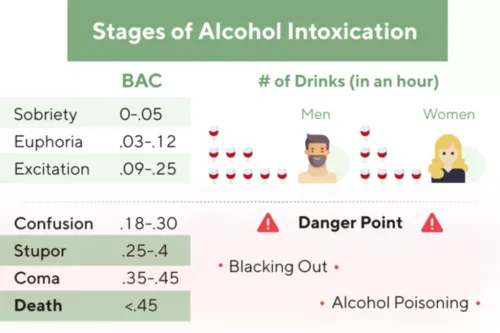
If you start noticing these symptoms, contact a medical professional immediately. You may decide to seek medical treatment for your withdrawal symptoms or make the choice to enter a professional detox or rehab center. Even if you don’t succeed the first time, there are still plenty of treatment options you can turn to. With these things in mind, it’s important to weigh the pros and cons of tapering your alcohol use to make a fully informed decision.
Habits for Proper Mental Health
Support groups such as Alcoholics Anonymous (AA) or sober living houses can help you get connected with peers who are going through the same journey as you are. Another strategy for a successful taper is to drink just enough to keep withdrawal symptoms at bay. If you find it is difficult to prevent yourself from drinking too much and getting drunk, locking your alcohol up in a cabinet and giving your friend or family member the key can help. Although with this method, it is important that the friend or family member is accessible when symptoms of withdrawals such as tremors return.
- Organs like the kidneys and liver are a big part of the process of eliminating alcohol from the body.
- By tapering off drugs or alcohol gradually instead of discontinuing use all at once, patients have the opportunity to focus on their treatment and begin the lifelong work of recovery.
- Because drinking is so commonplace and normalised in our society, hazardous drinking can often go unnoticed or be played down.
- So I drink every day, generally a bottle of wine in the evening and often more on the weekends.
- If you have tried tapering off alcohol without success, consider a medically supervised alcohol detox program.
Strategies for Tapering Off Alcohol
In fact, some withdrawal side effects can be fatal without the right treatment. If you have tried to quit in the past, but the side effects of withdrawal caused you to drink again just to find relief, tapering off alcohol may be more effective. An alcohol taper can be effective in Alcoholics Anonymous beginning recovery and help set a realistic goal for those not ready to quit alcohol completely, but they’re not for everyone. Someone who has been drinking heavily for a long period may struggle with cravings and alcohol withdrawal symptoms, leading to relapse.

How to Safely Taper Off Alcohol

Did you know most insurance companies will cover the cost of drug and alcohol detox? Identify specific situations, emotions, environments, and people that motivate your drinking. Examples of triggers could include stress, social gatherings with alcohol, certain friends, and bars. An example of a short-term goal would be to reduce alcohol consumption by half within the next month. An example of a long-term goal would be to achieve complete abstinence from alcohol within six months. Before you attempt to quit alcohol, it is critically important that you first consult with a medical professional.

Cannabis Addiction
Your doctor may switch you to a longer-acting drug in the same class and then gradually taper you off that medication. This can help to stabilize blood levels and reduce withdrawal symptoms. The most common type of taper involves gradually decreasing the dose of the original drug you’re taking. The reduction schedule can vary, with daily, weekly, or even monthly decreases, depending on the substance and your needs. This method allows your body to adapt slowly and steadily to lower drug levels.
- These therapies aim to address the psychological, social, and behavioral aspects of addiction, which can be just as critical as the physical withdrawal symptoms.
- It is important that your recovery plan has a list of people who can support you as you wean off alcohol.
- A cross-taper means increasing the dose of one medication while decreasing the dose of another.
- At Legacy, we’re dedicated to fully healing your mind, body, and spirit from the ravages of alcoholism.
With the right strategies and support in place, you can take control of your relationship with alcohol and pave the way for a brighter, alcohol-free future. Tapering off is often recommended for individuals who have been consuming alcohol regularly and in higher quantities. It provides a safer transition compared to sudden cessation, which can lead to more severe withdrawal symptoms. To avoid withdrawal like this, many are choosing to taper off alcohol versus quitting cold turkey. If you are having trouble putting down the bottle, then here’s how to taper off alcohol to avoid those withdrawal symptoms.

- If you have withdrawal symptoms when you stop drinking, it may be time to learn how to taper off alcohol to avoid withdrawal.
- Underneath the issue of alcohol use disorder is often a mental health disorder.
- The success of these strategies will depend on how much you drink and what you drink.
- It should always be done under the guidance and supervision of a qualified healthcare professional.
- It is commonly a self-managed detox method which is usually less successful than a program at an alcohol detox center.
- Build a network of people you can go to when you need help, join a support group or see a therapist.
It’s important to note that tapering alcohol should be done under the guidance of a healthcare professional to navigate potential challenges safely. The goal of monitoring is not only to manage withdrawal symptoms but also to support the individual’s journey to sobriety in a controlled and sustainable manner. Alcohol withdrawal symptoms can start as early as 6 hours after the last drink and can range from mild to severe, depending on the amount and duration of alcohol consumption. Only about 5% of people with alcohol withdrawal experience delirium tremens. Once you have a clear understanding of your current alcohol consumption, tapering down alcohol you can start setting achievable goals for reduction. A typical tapering plan might involve reducing your alcohol intake by two drinks each day until you reach zero drinks, especially for individuals who drink fewer than 20 standard drinks a day.
Leave a Reply